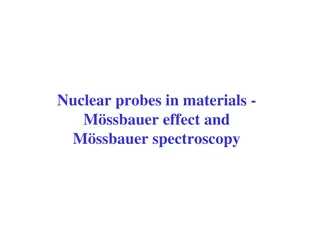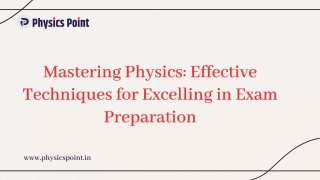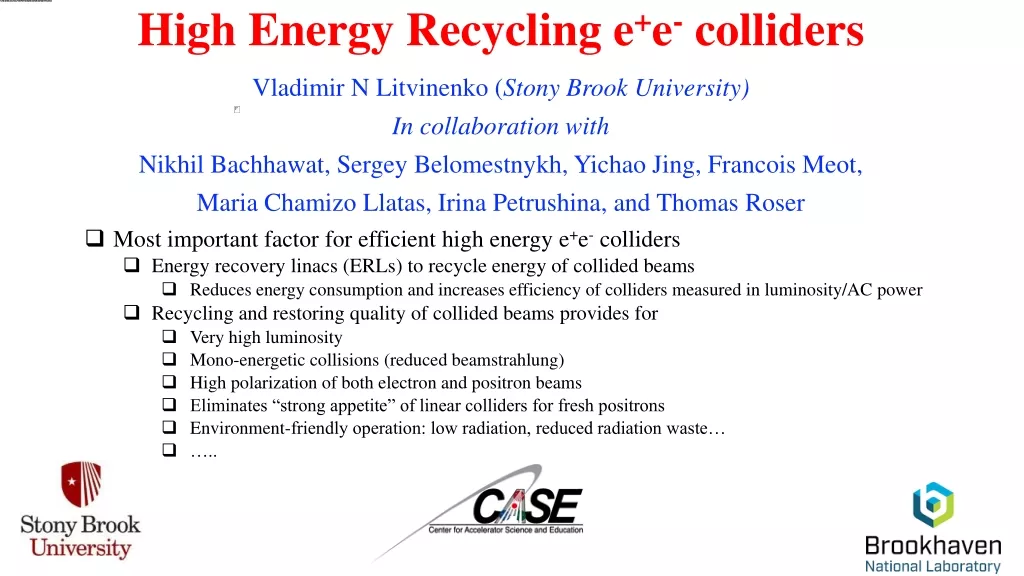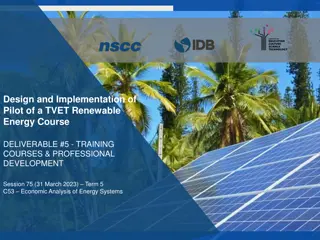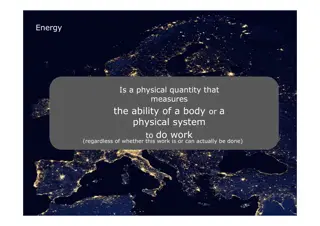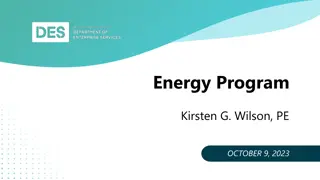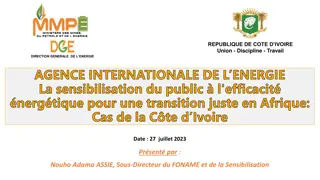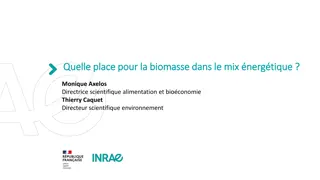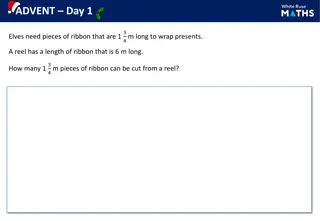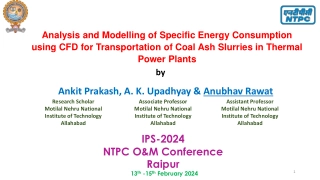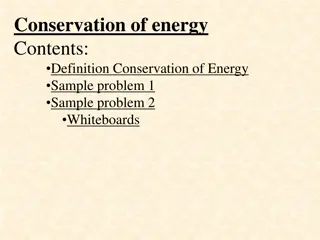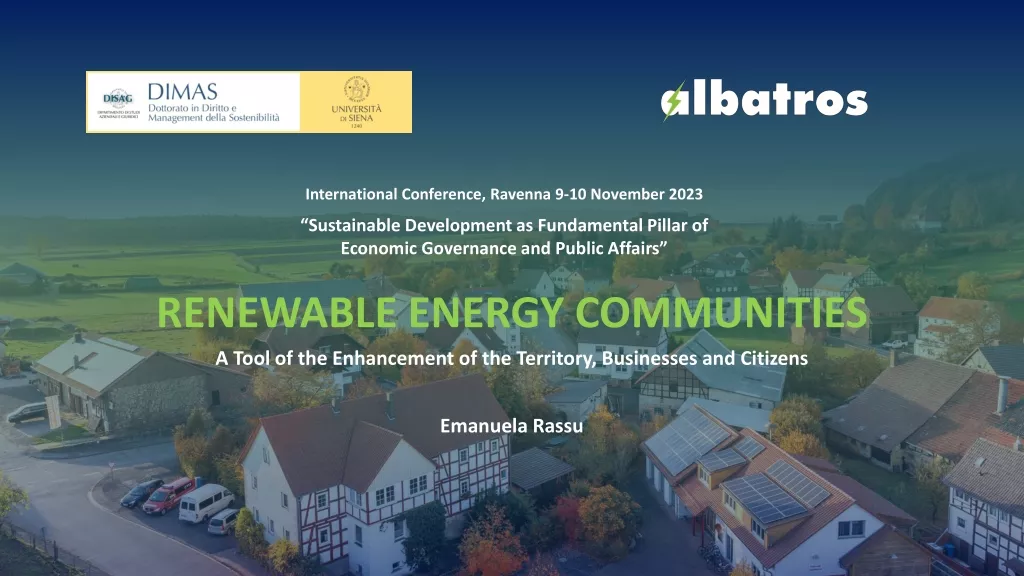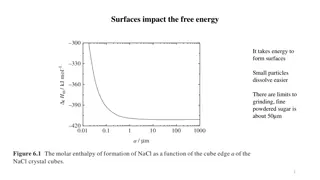Physics Problem-Solving: Kinematics, Dynamics, and Laser Energy
Explore various physics problems involving linear kinematics, 2-dimensional motion, dynamics, laser energy, and more. Learn how to calculate velocities, distances, forces, energies, and photon properties in different scenarios.
Physics Problem-Solving: Kinematics, Dynamics, and Laser Energy
PowerPoint presentation about 'Physics Problem-Solving: Kinematics, Dynamics, and Laser Energy'. This presentation describes the topic on Explore various physics problems involving linear kinematics, 2-dimensional motion, dynamics, laser energy, and more. Learn how to calculate velocities, distances, forces, energies, and photon properties in different scenarios.. Download this presentation absolutely free.
Presentation Transcript
Linear Kinematics v = u + at ?????
An air rocket leaves the ground straight up, and strikes the ground 4.80 seconds later. 1. What time does it take to get to the top? 2. How high does it go? 3. What was its initial velocity? 4. What is the velocity at elevation 21.0 m? 2.4 s, 28.2 m, 23.5 m/s, + or - 11.9 m/s
2-Dimensional Motion H V s u v a t s u v a t Av = A sin AH = A cos Pythagorean x2 + y2 = hyp2
V = 9.21 m/s t = 2.17 s 1. How far out does she land? How high is the cliff? What is the velocity of impact in VC Notation? What is the velocity of impact? (in AM Notation) 20.0 m, 23.1 m, 9.21 m/s x + -21.3 m/s y 23.2 m/s 66.6o below horiz 2. 3. 4.
Find vector components Fill in your H/V table of suvat 1. Find the horizontal distance traveled 2. Find velocity of impact in angle magnitude v = 126 m/s angle = 43.0o The cliff is 78.5 m tall 1690 m, 133 m/s@ 46.3o
Find the force: F = ma, wt = 1176 N downward <F 1176 N> = (120. kg)(-4.50 m/s/s) F 1176 N = -540 N F = 636 N F 120. kg a = -4.50 m/s/s (DOWNWARD) 636 N
A 120 mW laser uses a wavelength of 656 nm. What is the energy and momentum of a photon of light at this wavelength? How many photons per second does it emit? What force would it exert on an object that absorbs the photons? How would that change if the photons were reflected? 3.030E-19 J, 1.010E-27 kg m/s, 3.960E17 photons/sec, 4.00E-10 N
Also on page 8: Gravity and Circular Motion
A Volkswagen can do .650 gs of lateral acceleration. What is the minimum radius turn at 27.0 m/s? (3) a = v2/r 1g= 9.81 m/s/s a = (9.81 m/s/s)(.650) = 6.3765 m/s/s 6.3765 m/s/s = (27.0 m/s)2/r r = (27.0 m/s)2/(6.3765 m/s/s) = 114.326 m r = 114m 114m
What should be the period of motion if you want 3.5 gs of centripetal acceleration 5.25 m from the center of rotation? a = 4 2r/T2 a = (3.5)(9.8 m/s/s) = 34.3 m/s/s 34.3 m/s/s = 4 2(5.25 m)/T2 T = 2.5 s 2.5 s
Ice skates can give 420 N of turning force. What is rmin for a 50.kg skater @10.m/s? F=ma, a=v2/r F=mv2/r 420 N = (50 kg)(10.m/s)2/r r = (50 kg)(10.m/s)2/(420 N) r = 11.9m 11.9m
The moon has a mass of 7.36 x 1022 kg, and a radius of 1.74 x 106 m. What does a 34.2 kg mass weight on the surface? r = Center to center distance m1 = One of the masses m2 = The other mass G = 6.67 x 10-11 Nm2/kg2 F = Gm1m2 r2 F = 55.5 N 55.5 N
At what distance from the moons center is the orbital velocity 52.5 m/s? Mm = 7.36 x 1022 kg msv2 r = Gmsmc r2 r = Gmc v2 1781086621 m 1.78 x 109 m
Also Power = work/time Eelas = 1/2kx2 Energy
What speed at the bottom? vi = 5.8 m/s 15 kg h = 2.15 m Fd + mgh + 1/2mv2 =Fd + mgh + 1/2mv2 0 + mgh + 1/2mv2 =0 + 0 + 1/2mv2 (15 kg)(9.8 N/kg)(2.15 m) + 1/2(15 kg)(5.8 m/s)2= 1/2(15 kg)v2 v = 8.7 m/s 8.7 m/s
Ima Wonder can put out 127 W of power. What time will it take her to do 671 J of work? P = W/ t, t = W/P = (671 J)/(127 W) = 5.28 s 5.28 s
Frieda People can put out 430. W of power. With what speed can she push a car if it takes 152 N to make it move at a constant velocity? P = Fv v = P/F = (430. W)/(152 N) = 2.83 m/s 2.83 m/s
What must be the power rating of a motor if it is to lift a 560 kg elevator up 3.2 m in 1.5 seconds? 11700 W
Jolene exerts a 50. N force for 3.00 seconds on a stage set. It speeds up from rest to .25 m/s. What is the mass of the set? (m)( v) = (F )( t) (m)(.25 m/s) = (50. N )(3.0 s) m = (50. N )(3.0 s)/(.25 m/s) = 600 kg = 6.0 x102 kg 6.0 x102 kg
+ Before After 6.20m/s 1.20 m/s v = ? 13.0 kg 17.0 kg 17.0 kg 13.0 kg (13kg+17kg)(6.2m/s) = (13kg)(-1.2m/s)+(17kg)v 186kgm/s = -15.6kgm/s+(17kg)v 201.6kgm/s = (17kg)v (201.6kgm/s)/(17kg) = 11.9 m/s = v 11.9 m/s
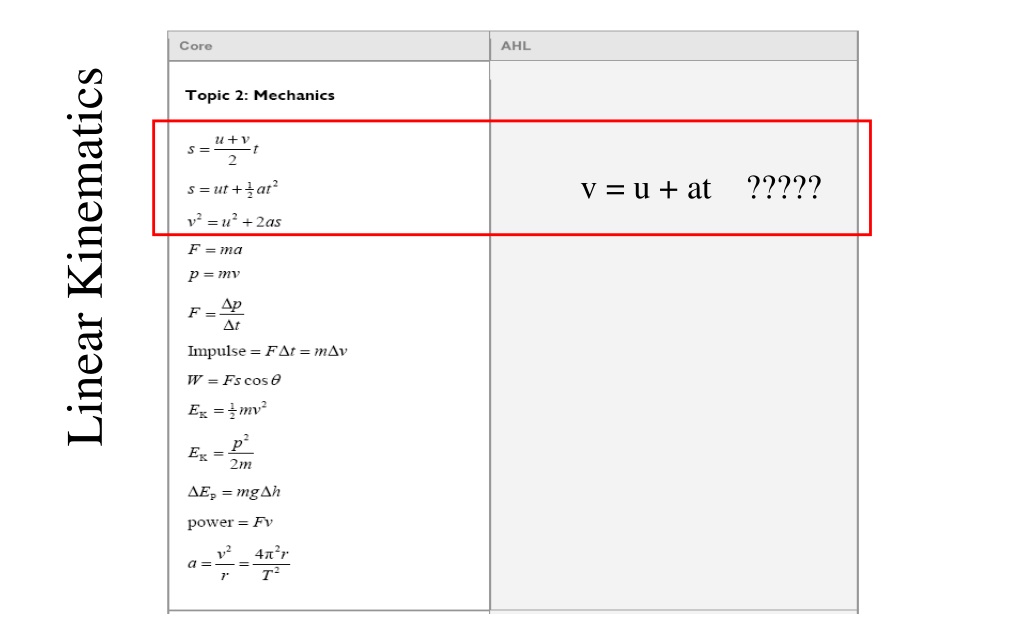

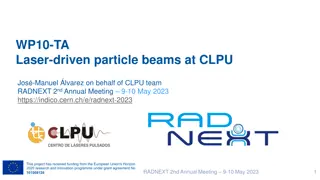
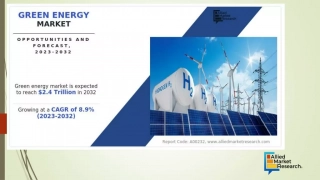
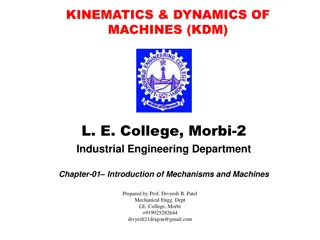

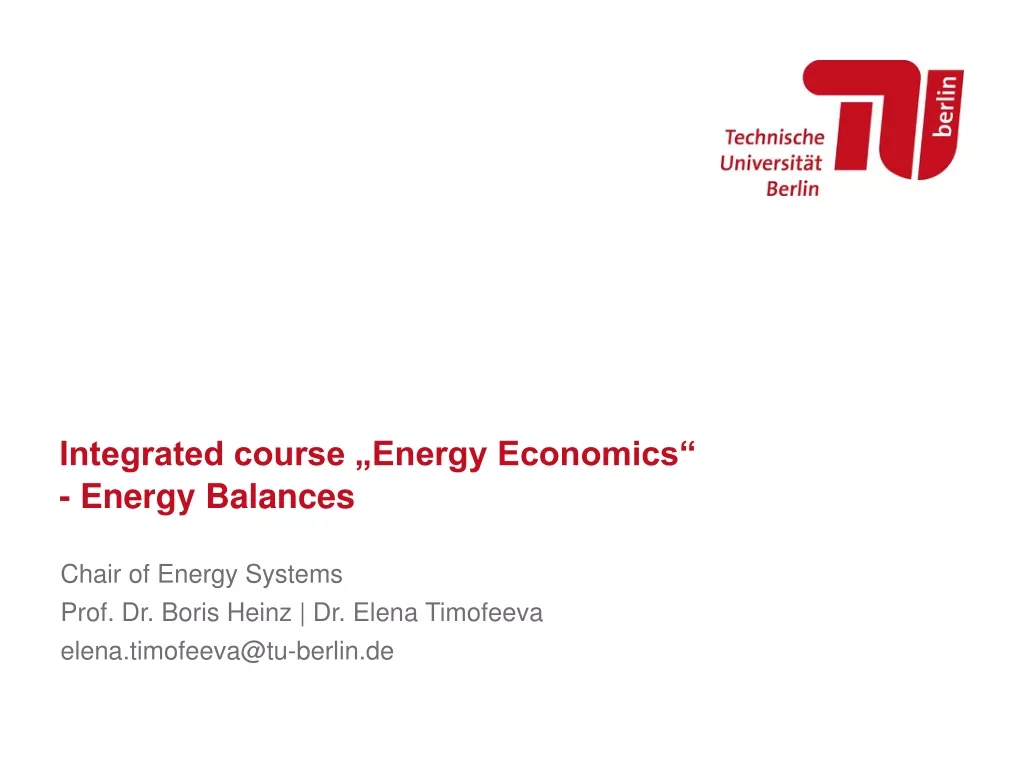


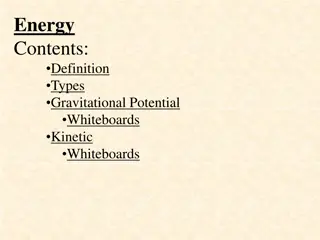


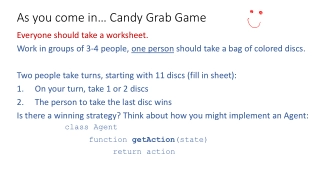
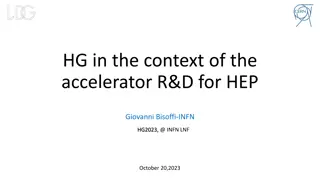
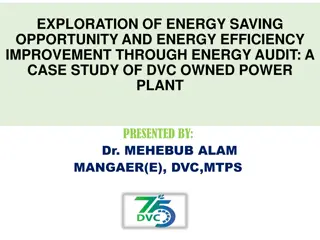
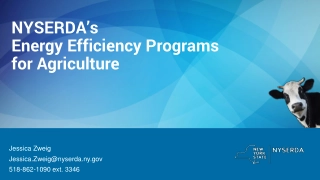





![[PDF] DOWNLOAD READ Diagnosis Solving the Most Baffling Medical Mysterie](/thumb/9855/pdf-download-read-diagnosis-solving-the-most-baffling-medical-mysterie.jpg)



